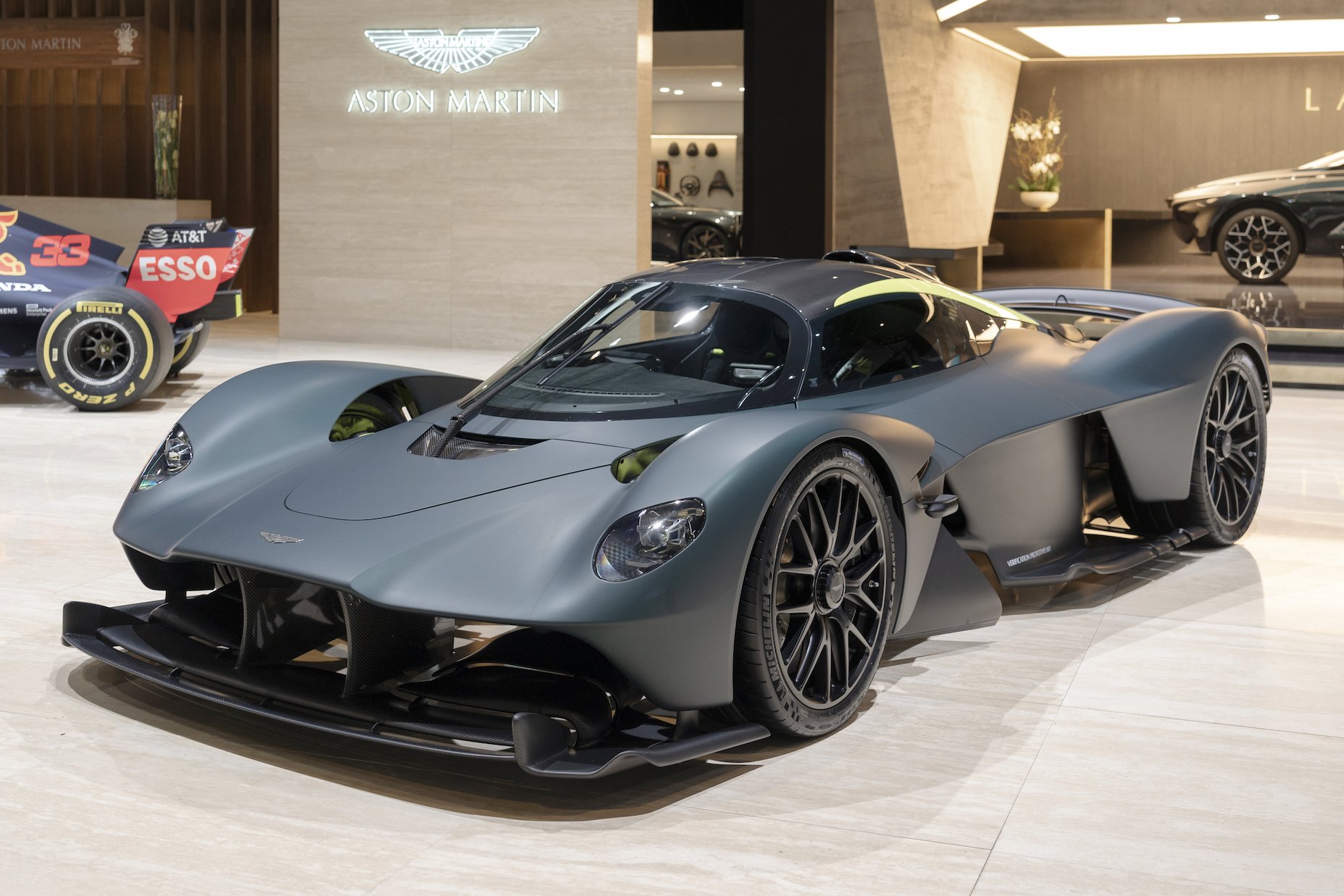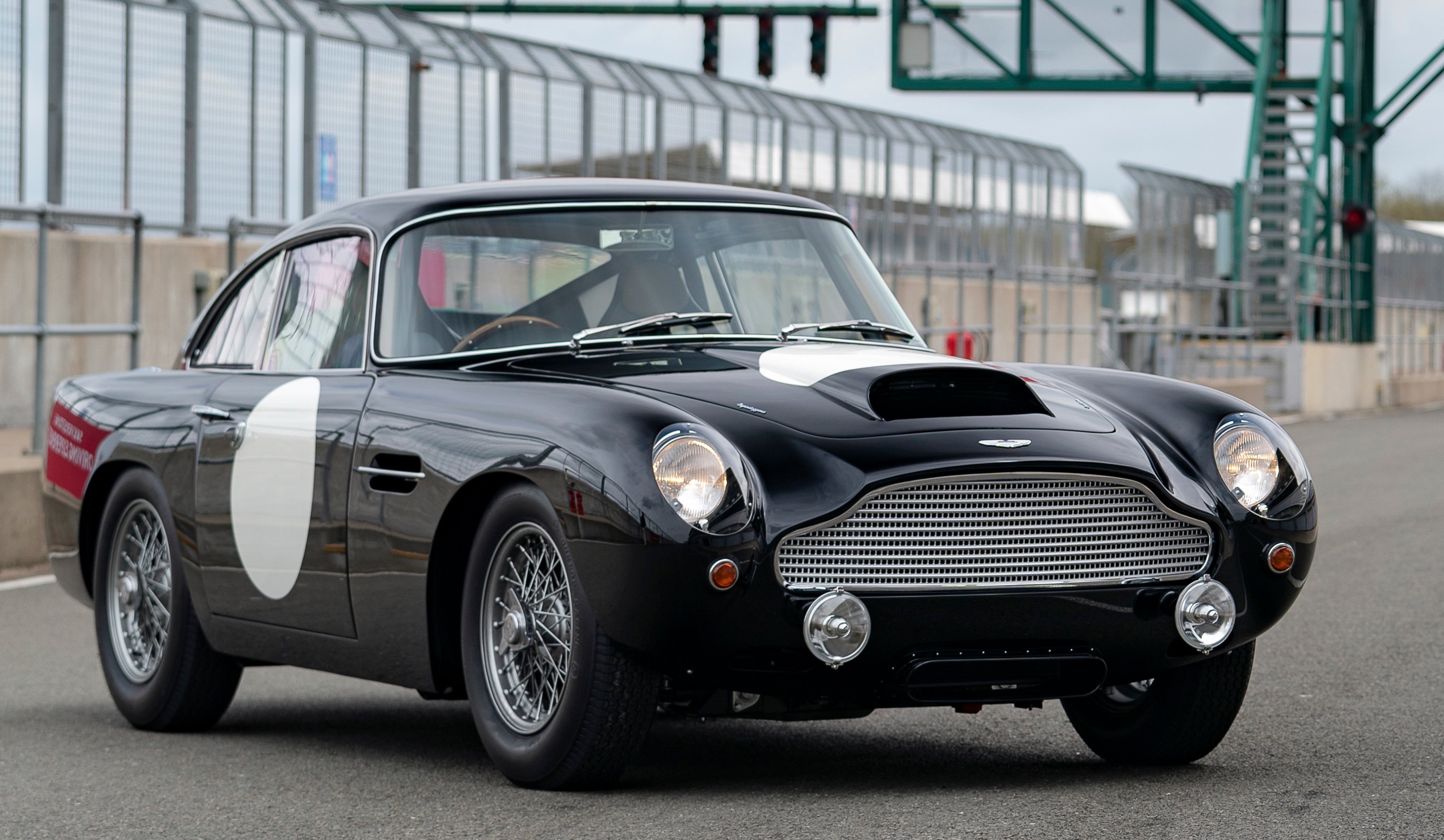British supercar maker Aston Martin Lagonda (AML 0.64%) said on May 15 that its first-quarter earnings fell sharply, despite a jump in sales, on a weaker product mix and increased spending on future products.
Aston Martin's adjusted earnings before interest, tax, depreciation, and amortization fell 35% from the first quarter of 2018, to 28.3 million pounds ($37 million). Wall Street analysts had expected a profit of 31 million pounds, on average.
The raw numbers
Aston Martin reports its results in British pounds. As of March 29, the last trading day of the first quarter, 1 British pound = about $1.31.
| Metric | Q1 2019 | Change from Q1 2018 |
|---|---|---|
| Revenue | 196 million | 6% |
| Vehicles shipped (wholesales) | 1,057 | 10% |
| Adjusted EBITDA | 28.3 million | (35%) |
| Adjusted EBITDA margin | 14.4% | 9.2 ppts lower |
| Adjusted EBIT | (2.2 million) | 24.2 million lower |
| Adjusted EBIT margin | (1.1%) | 13 ppts lower |
| EBIT | (3.2 million) | 25.2 million lower |
| Net income (loss) | (13.9 million) | 15.9 million lower |
Data source: Aston Martin Lagonda Holdings Ltd. "Vehicles shipped" are wholesales. "Adjusted" figures exclude one-time items, in this case a noncash charge of 1 million pounds for employee incentives predating the company's initial public offering in October 2018. Aston Martin had no one-time items in the first quarter of 2018. EBITDA = earnings before interest, tax, depreciation, and amortization. EBIT = earnings before interest and tax. Ppts = percentage points.
Highlights of Aston Martin's first-quarter report
Aston Martin distinguishes between its "core" products -- the regular models that the company builds to order -- and limited-run, very-high-priced "specials." Both are profitable, but the specials are very profitable and help to boost Aston's margins.

Aston Martin's upcoming "specials" include the Valkyrie, a 1100-horsepower hybrid supercar. Image source: Aston Martin Lagonda Holdings Ltd.
That's important to understanding how the quarter went. In a nutshell: Sales were up, but the company sold fewer specials (32) than it did in the first quarter of 2018 (48), while sales of core units rose 12% from a year ago. The overall average selling price fell to about 160,000 pounds from 177,000 pounds in the year-ago quarter.
That said, sales were good as dealers reduced inventories from high fourth-quarter levels. Retail sales rose 39% from a year ago, while wholesale shipments rose 10% overall, with strong year-over-year gains in the Americas (20%) and Asia Pacific (30%) more than offsetting declines in the U.K. (-9%) and mainland Europe (-4%). (Investors should focus on wholesales because Aston Martin books revenue when vehicles are shipped to its dealers, but the big gain in retail sales shows us that demand is strong.)
But those sales gains didn't translate to the bottom line, because spending rose. Adjusted operating expenses rose 41% from a year ago, to 85 million pounds, as the company ramped up investments in its upcoming SUV model (called the DBX) and a new factory in Wales.
Cash, debt, and one-time items
Aston Martin had 717.4 million pounds of debt as of March 31, up from 704.1 million pounds at year end (but down from 850 million pounds at the end of the year-ago quarter.) Against that, it had 127.8 million pounds of cash and equivalents, down from 144.6 million pounds at year end, for a net debt of 589.6 million pounds.
The company had one special item in the first quarter, a noncash charge of about 1 million pounds related to employee incentives that predate the company's initial public offering in October of 2018.
Looking ahead: Aston Martin maintained its full-year guidance
Aston Martin maintained the cautious guidance it gave in March. For the full year, it still expects:
- Wholesale shipments of 7,100 to 7,300 vehicles (2018 result: 6,441)
- Adjusted EBITDA margin of about 24% (2018: 22.6%)
- Adjusted EBIT margin of about 13% (2018: 13.4%)
- Capital expenditures and research and development spending totaling between 320 million pounds and 340 million pounds (2018: 311 million pounds)
CEO Andy Palmer noted that because the company expects to begin shipping new specials in volume in the fourth quarter of 2019, and because it expects its fixed-cost run rate to fall as the year goes on, the second half of the year will likely be quite a bit more profitable than the first half.






